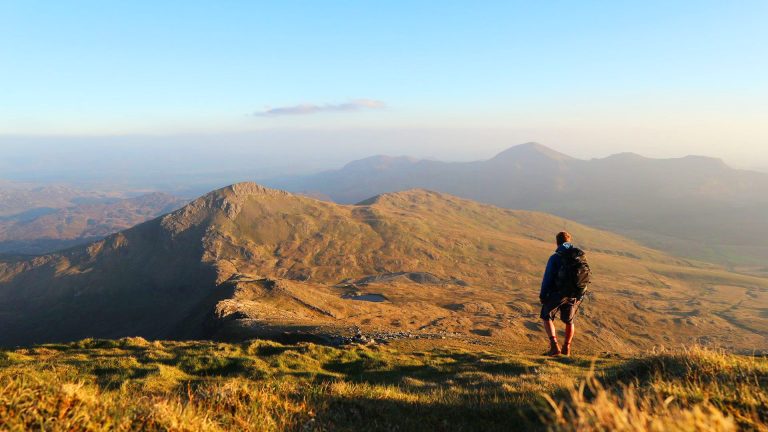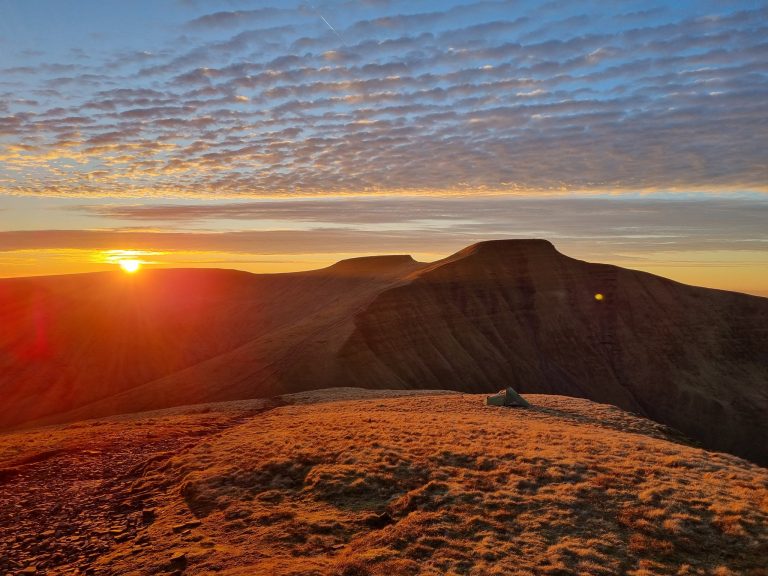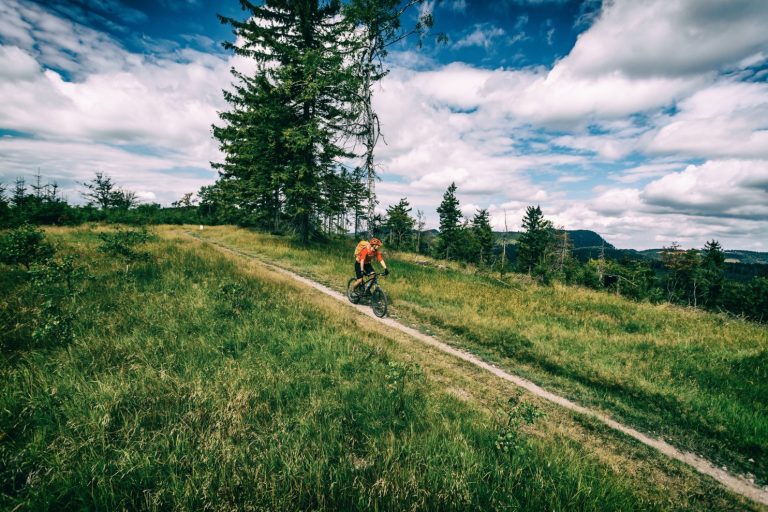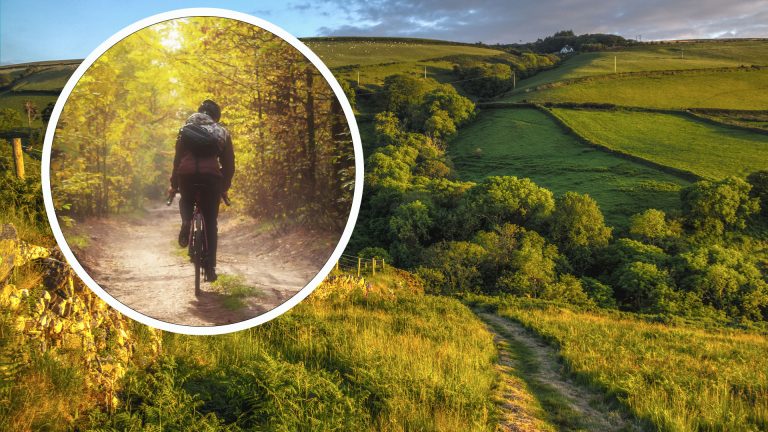Walk 2: Speech House, Cannop Ponds, Edge End and Nagshead

Speech House Hotel has been an important hub in the forest’s recent history and a court where the protection of the woodland and deer was once overseen by verderers; they still exist today with an advisory role. Cannop Ponds was dug by hand 200 years ago to provide water power for an iron furnace in Parkend; today it is beautifully naturalised and a great place to see waterbirds, including kingfishers and beautiful reflections of the trees. Nagshead, an ancient woodland, is managed by the RSPB and is home to pied flycatchers that fly here from West Africa each spring. If you wish to detour off slightly, in Parkend the Fountain Inn does good food and is a welcome break.
Ed says “This is one of my favourite parts of the forest with easy access to the lakes, passing veteran trees and chances of spotting fallow deer and wild boar, especially later in the day towards dusk. Look out for mandarin ducks and kingfishers on the ponds.”
Walk 3: Sculpture Trail
Celebrating it’s 35th birthday in 2021, the sculpture trail features a wide variety of large creative sculptures that you happen upon as walking through the forest – the trail takes you to all 16 sculptures, inspired by the trees, wildlife and industrial past. Some are permanent while others may disappear over time through natural weathering.
Ed Says: “The sculpture trail offers something a bit different – the sculptures have been carefully placed throughout this forest trail and add to the walking experience. They don’t have any interpretation so it is worthwhile getting a leaflet or downloading it from Forestry England to know what each one represents or simply use your imagination.”
Walk 4: Newnham and Soudley Ponds
The famous Severn Bore is first visible from the historic village, Newnham-on-Severn. From here the walk takes you up through fields often with relic-orchards and into the forest which is on higher ground. As you head down towards Soudley village through Sutton Valley, picturesque Soudley Ponds can be savoured in all their beauty. These four ponds join in succession and the lowest pond is right by the Dean Heritage Centre where there is a cafe and museum. Taking a steep track up from the top-most pool brings you up to an impressive viewpoint looking west across Gloucestershire and the distinctive kink in the River Severn by Arlingham.
Ed Says: “The tall, dark Douglas fir trees surrounding Soudley Ponds create a quiet, tranquil walk along the still water. In spring bluebells cover the forest floor while the bright autumn colours of other trees contrast with the dark first and produce beautiful still reflections across the water’s surface.”
Walk 5: Woorgreens and Crabtree Hill
This walk takes you through the forest where the Gloucestershire Wildlife Trust have created open heath and marshy habitats for nationally uncommon or rare birds, reptiles and dragonflies. In the past, more of the forest would have been open like this. At the top of Crabtree Hill you get a better perspective of the open site and the surrounding halo of forest trees. Look out for lizards, slow worms, linnets and stonechats.
Ed Says: “This walk provides a change from the enclosed forest and offers an open, sunny environment that would have once been widespread across the Forest of Dean. Woorgreens Lake is worth a peek, although it can be particularly muddy and poached in the winter months.”
Walk 6: New Fancy View and Mallards Pike
New Fancy View was once a coal mine and its spoil heap is now a viewpoint looking north across the Forest – the short yet steep walk to it can be a good place to see adders and lizards . Many of the tracks you pass along or past are former railway lines. Mallards Pike is a scenic lake and a popular destination for visitors and their dogs. You can have tree adventures here on Go Ape or buy some refreshments from the cafe.
Ed Says: “The New Fancy Colliery closed in 1944 and the remaining spoil heap was grassed over in the 1970s. The viewpoint from the top of the former spoil heap is a brilliant legacy that looks out right across the heart of the forest towards the town of Cinderford and can be a great place to look for displaying goshawks in February and March. ”
Walk 7: Wenchford, Danby Lodge and Blackpool Bridge
Wenchford is the place to dip your feet in fresh, cold stream water of Blackpool Brook. The brook itself can be followed through the woodland up to Blackpool Bridge where a railway line once ran. Watch out for dippers here; these plump black-brown birds with a bright white breast often stand on boulders and rocks before plunging underwater to catch stonefly and caddisfly larvae lurking under stones. Danby Lodge, now self-catering accommodation, was built in the 1670s to house forest officials.
Ed Says: “Dipping your feet in the brook at Wenchford is an ideal way to connect with the forest and cool off after a warm walk. The north end of the walk takes you to the bottom end of Soudley Ponds and a cafe at the Dean Heritage Centre. ”
Walk 8: Edge Hills and Littledean
Along the eastern ridge of the forest, before it drops down towards the floodplain and valley of the River Severn, there is Edge Hills – a mix of woodland and relic wet heath, managed by the Gloucestershire Wildlife Trust. It is an important habitat for dragonflies, butterflies and plants such as cotton grass and marsh violet. This walk brushes past the north edge of the ancient village of Littledean.
Ed Says: “This walk is on the east side of the forest and offers views across the village of Drybrook and Steam Mills. From the edge of Cinderford, looking down towards Littledean, take in the breathtaking views that stretch right across Gloucestershire and towards the Stroud Cotswolds.”
Walk 9: Speculation, Ruardean Hill and Ruardean
Starting at Speculation this walk takes you through woodland and along a former railway track, passing Mirystock Bridge on the way back – a reminder of the forest’s hidden history. This trail takes you to the highest point (and a trig point) in the main forest at Ruardean Hill (c. 200m); the view from Pan Tod Beacon looks right across towards the Malvern Hills. From Ruardean village there are further views by the spired church of these and the Black Mountains.
Ed Says: “Any viewpoint is a great way of getting a sense of place – this route reminds you how close the Forest of Dean is to other key landmark features. A compass on the miners’ memorial sculpture at Pan Tod Beacon helps pinpoint locations and distances. It is also worth stopping at Greathough Brook near Brierley where an enclosure has a pair of beavers stopping floods downstream. They will be sleeping by day although you may spot some beaver-gnawed trees.”
Walk 10: Tidenham Chase and Offa’s Dyke
Starting at The Park, you walk through heathland grazed by Exmoor ponies before walking through Wye Valley woodlands to the “devil’s Pulpit” with spectacular views across to Tintern Abbey and the river valley. The walk continues along the steep banks of the Wye Gorge and views down to the River Wye. You’ll pass small meadows and pastures and hedgerows, important for lesser horseshoe bats. This part of the forest and Wye Valley are home to 26% of the UK’s lesser horseshoe population. Before arriving back you’ll pass through Poor’s Allotment – along with The Park, these two sites are nationally important heathlands and acidic grasslands for tiger beetles, nightjars and slow worms.
Ed Says: “Close to Chepstow, this walk is a chance to take in more open country, walk part of the famous Offa’s Dyke and enjoy views of the Wye Valley and its extensive woodland.”
You May Also Like:
The Best Walks In The Brecon Beacons
The Best Walks In The New Forest
The Best Walks Near London






